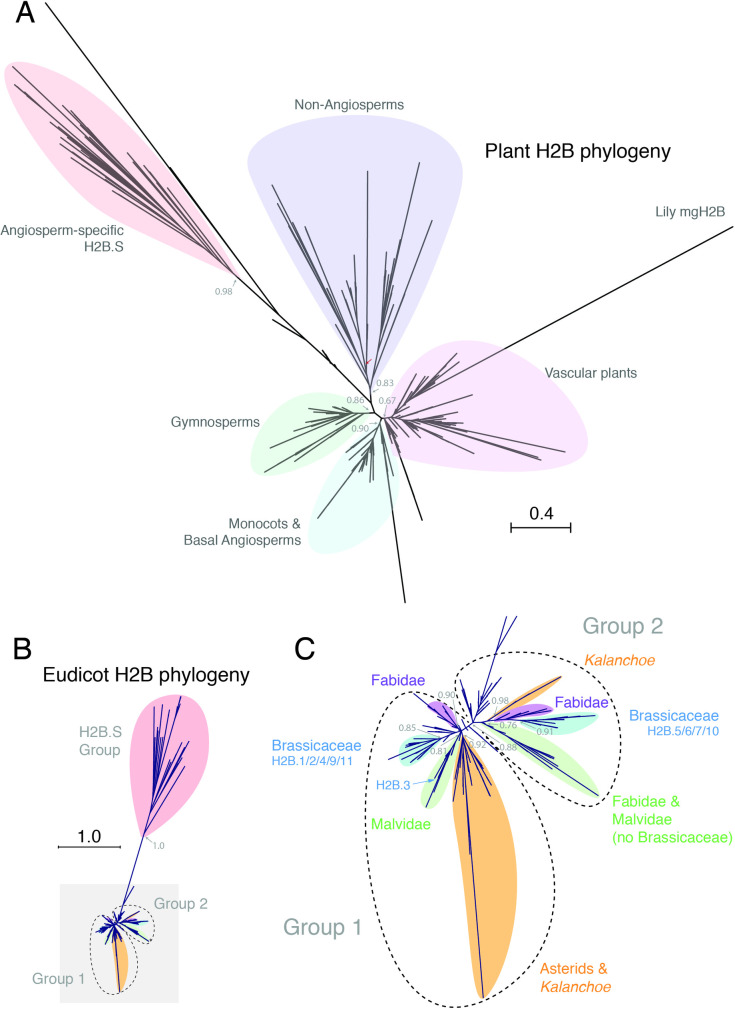Fig 1. Phylogenetic analysis of the histone H2B family in the plant kingdom.
(A) Maximum likelihood tree of H2Bs across the plant kingdom. Major clades are indicated by differently coloured shading. The non-angiosperm clade includes all sequences from Chlorophytes, Bryophytes, most Monilophytes, Charophytes, Lycophytes and several Gymnosperms. A highly divergent angiosperm-specific clade is also highlighted. Approximate likelihood ratio test values based on a Shimodaira-Hasegawa-like procedure are indicated on nodes to major clades. Scale bar indicates substitutions per site. Major plant groups are indicated with differently coloured shading. Red arrow indicates root as defined by the placement of the outgroup of Chlorophyte algae H2Bs. (B) Maximum likelihood tree of eudicot H2Bs. Three major clades are highlighted. Approximate likelihood ratio test value based on a Shimodaira-Hasegawa-like procedure is indicated on the H2B.S. Scale bar indicates substitutions per site. (C) Close-up view of two major groups of eudicot H2Bs highlighted with grey shading in the maximum likelihood tree shown in B. Family-specific clades are indicated with differently coloured shading. Approximate likelihood ratio test values based on a Shimodaira-Hasegawa-like procedure are indicated on nodes to major clades.

